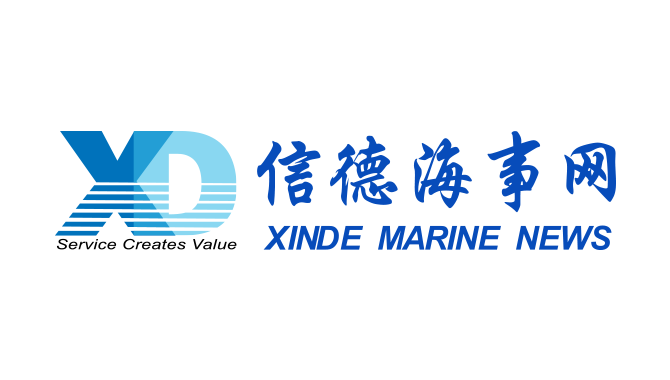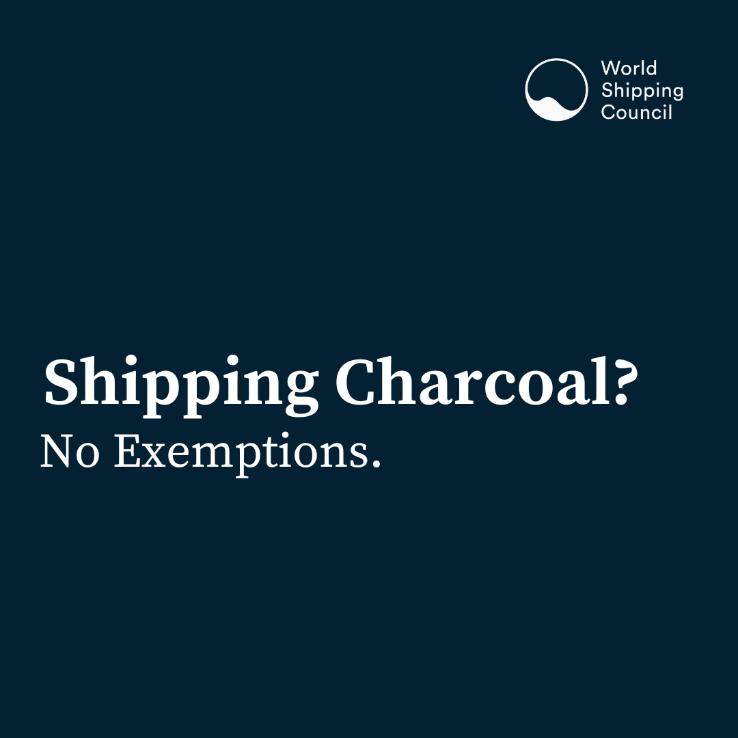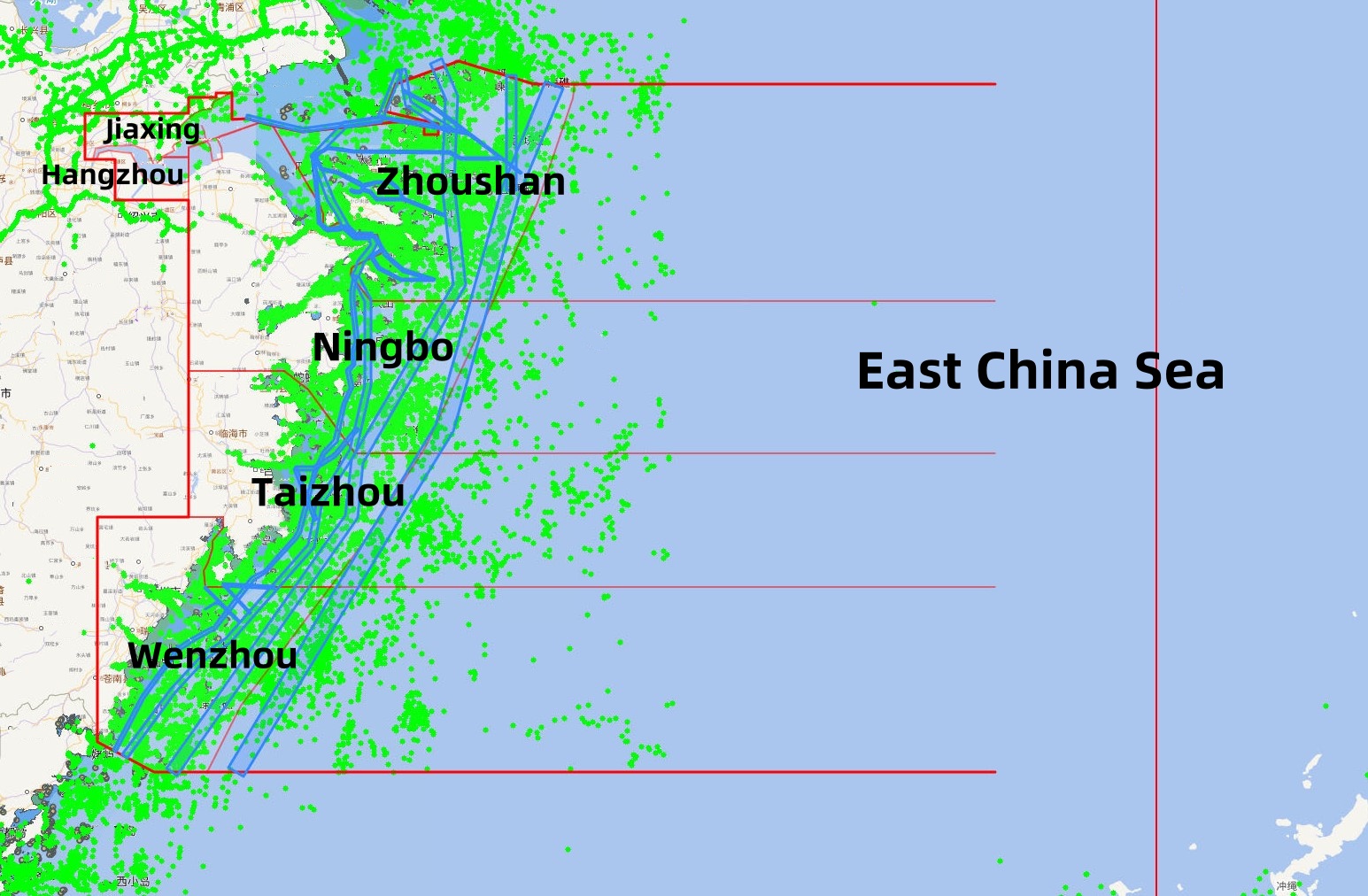IBIA would like to remind the industry that new regulatory requirements under MARPOL Annex VI, regarding the information to be included in the bunker delivery note (BDN), will enter into force on 1 January 2019. We would also like to offer some practical advice and dispel some of the misunderstandings regarding the responsibility of suppliers.
Below is the text of the new Appendix V, “Information to be included in the bunker delivery note (regulation 18.5)” that is set to take effect on 1 January, 2019:
QUOTE
Name and IMO Number of receiving ship
Port
Date of commencement of delivery
Name, address and telephone number of marine fuel oil supplier
Product name(s)
Quantity in metric tonnes
Density at 15°C (kg/m3 )
Sulphur content (% m/m)
A declaration signed and certified by the fuel oil supplier’s representative that the fuel oil supplied is in conformity with regulation 18.3 of this Annex and that the sulphur content of the fuel oil supplied does not exceed:
□ the limit value given by regulation 14.1 of this Annex;
□ the limit value given by regulation 14.4 of this Annex; or
□ the purchaser’s specified limit value of _____(% m/m), as completed by the fuel oil supplier’s representative and on the basis of purchaser’s notification that the fuel oil is intended to be used:
.1 in combination with an equivalent means of compliance in accordance with regulation 4 of this Annex; or
.2 is subject to a relevant exemption for a ship to conduct trials for sulphur oxides emission reduction and control technology research in accordance with regulation 3.2 of this Annex.
This declaration shall be completed by the fuel oil supplier’s representative by marking the applicable box(es) with a cross (x).”
UNQUOTE
When this regulatory text was adopted by the IMO, it was made clear that the format of Appendix V, notably the checkboxes, gave the impression that this should be used as a template of the declaration, this is not the case. It only specifies what the regulatory requirements are, but the format and text can be rephrased to improve clarity
During the IMO meeting where the new regulatory requirement was adopted, IBIA asked for clarification regarding the two specific sub-conditions below the third tick box, justifying supply of high sulphur fuel oil (HSFO). The clarification was given that, as there was no tick box against the two sub-clauses, the third tick box only requires that the sulphur value specified by the purchaser is entered. There is no requirement for validation by the supplier on the BDN as to which method of compliance is used by the ship.
It has been suggested by various interested parties that the new supplier’s declaration puts an obligation on suppliers to ensure the ship has an approved exhaust gas cleaning system (EGCS) before supplying fuel with sulphur exceeding the sulphur limit in regulation 14.1, which is 3.50% at present, falling to 0.50% on 1 January 2020. This is not the case and the regulation is clear. It requires bunker suppliers, if asked to provide fuel exceeding the sulphur limit in Regulation 14.1 to a ship, to do so only on the basis of receiving a notification from the buyer that the fuel is intended to be used compliantly. There is no requirement on the supplier to check if this is the case – only to obtain a ‘notification’.
The bunker supply industry generally supports the 2020 sulphur cap and a level playing field. If a bunker supplier has concerns about a buyer’s ability to use HSFO compliantly, the supplier can of course choose not to provide HSFO, but there is no obligation on them to make checks. If the buyer orders a product exceeding the sulphur limit in regulation 14.1, the supplier is only obliged to obtain the required notification before supplying it.
In general, bunker suppliers have misgivings about accepting any kind of risk that they can be held liable for supplying a ship with non-compliant fuel if that is what the ship ordered. Suppliers are responsible for delivering to the specification ordered. We do not expect petrol stations to be held responsible for someone filling their diesel car with petrol or vice-versa. As long as the pumps are clearly marked it is up to the person fuelling their car to choose the product that is right for their engine.
Policing of ship compliance is up to port state control officers (PSCOs) and it is quite simple for them to do so in this case: if they check the BDN and it shows that the ship has purchased fuel with sulphur above 0.50% after 1 Jan 2020, they should immediately ask for the ship’s IAPP supplement detailing if it has an equivalent arrangement approved in accordance with regulation 4.1 (or an exemption under Regulation 3.2) which allows the ship to use (or carry for use post 1 March 2020) fuel with sulphur above 0.50%.
So in summary:
1. Suppliers should not be expected to police ships beyond the regulatory requirement to obtain the notification about the ship’s intention to use the fuel compliantly, and should not face any liability if that notification is a false statement.
2. Suppliers may, on a voluntary basis, go above and beyond the regulatory requirement to make sure that a ship ordering fuel exceeding 0.50%S after 1 Jan 2020 does in fact have an approved equivalence method (e.g. a scrubber) or an exemption under regulation 3.2 to trial such technology.
IBIA advice for improving clarity of BDN
IBIA believes the clarity of the BDN can be enhanced so it is less open for confusion by stating the actual sulphur limits associated with each tick box, and also a format that allows suppliers, as we approach the end of 2019, to provide assurance that they are meeting the 0.50% limit in Regulation 14.1 by deleting the 3.50% option. Otherwise, if the BDN only states that the supplier is providing fuel meeting the limit value of Regulation 14.1 they are only guaranteeing max 3.50% up to and including 31 December 2019. We believe the format in the example we have suggested addresses this elegantly.

Please Contact Us at:
admin@xindemarine.com


 Reporting Requirements for Foreign-flagged Ships En
Reporting Requirements for Foreign-flagged Ships En  Shipping Carriers Move to Prevent Deadly Charcoal F
Shipping Carriers Move to Prevent Deadly Charcoal F  KR, HD KSOE, HD HHI, KSS Line, and Liberian Registr
KR, HD KSOE, HD HHI, KSS Line, and Liberian Registr  Zhejiang Maritime Safety Administration Issues the “
Zhejiang Maritime Safety Administration Issues the “  RightShip Updates Age Trigger for Vessel Inspection
RightShip Updates Age Trigger for Vessel Inspection  KR Publishes Report on Safe Maritime Transport of E
KR Publishes Report on Safe Maritime Transport of E